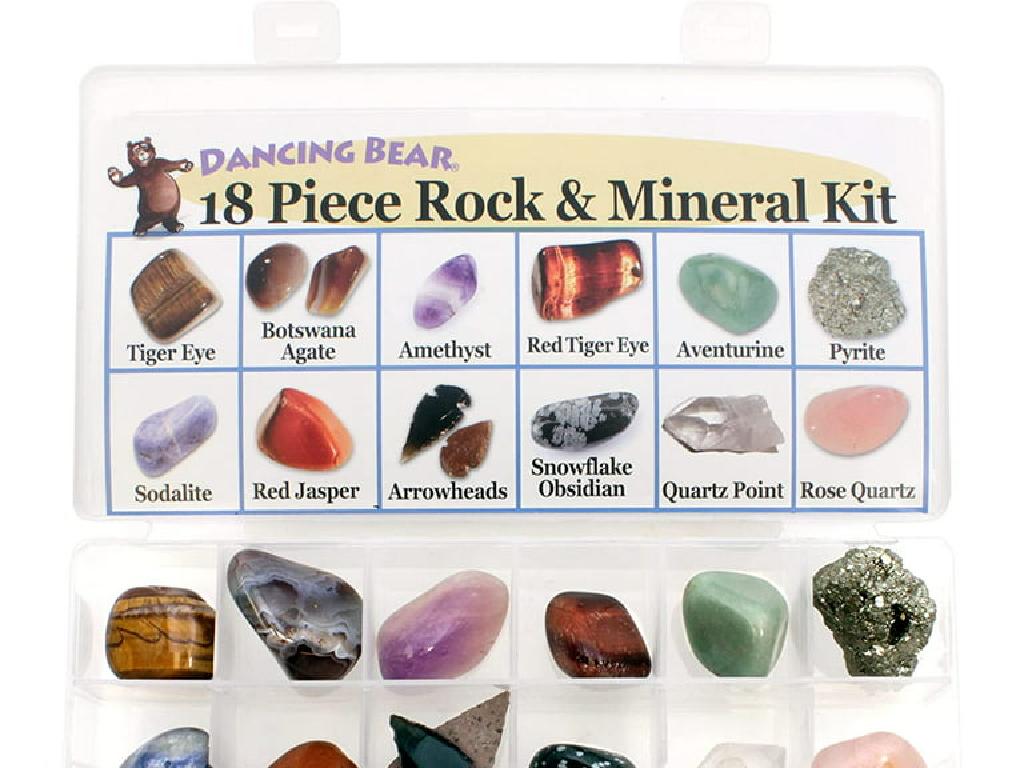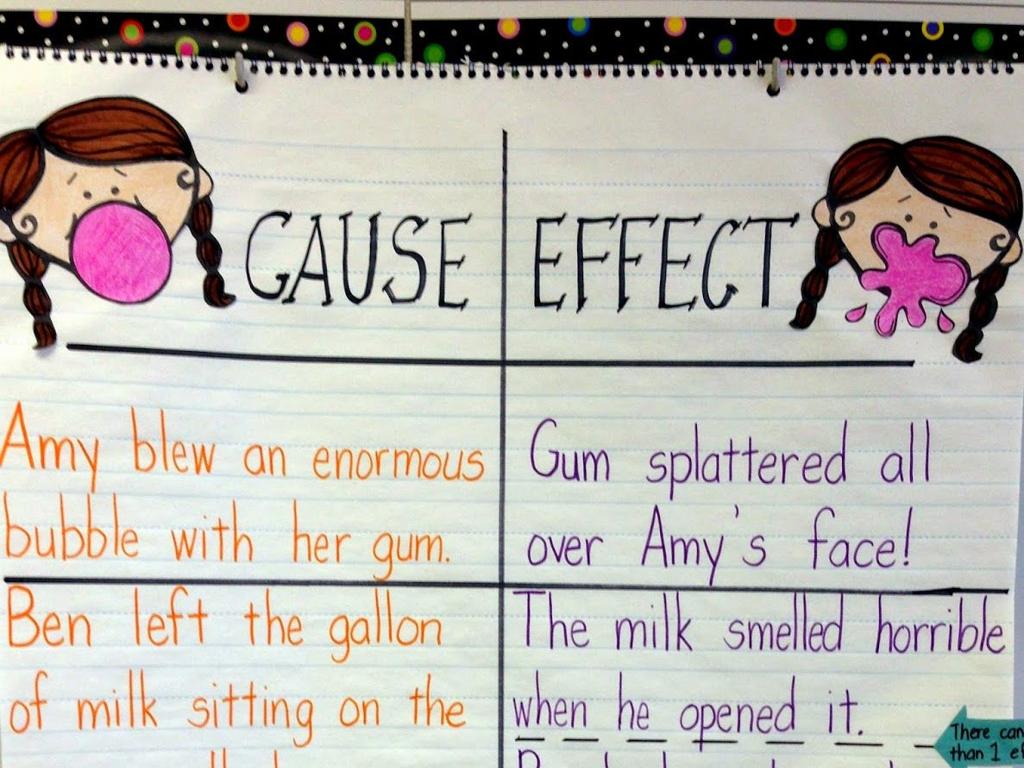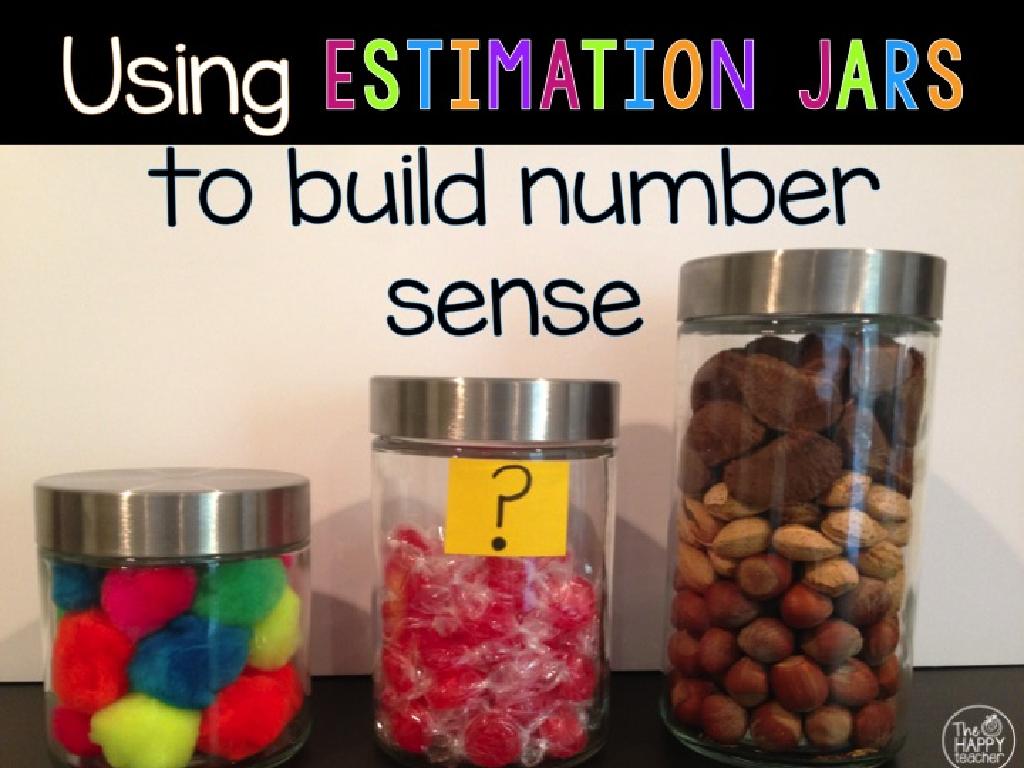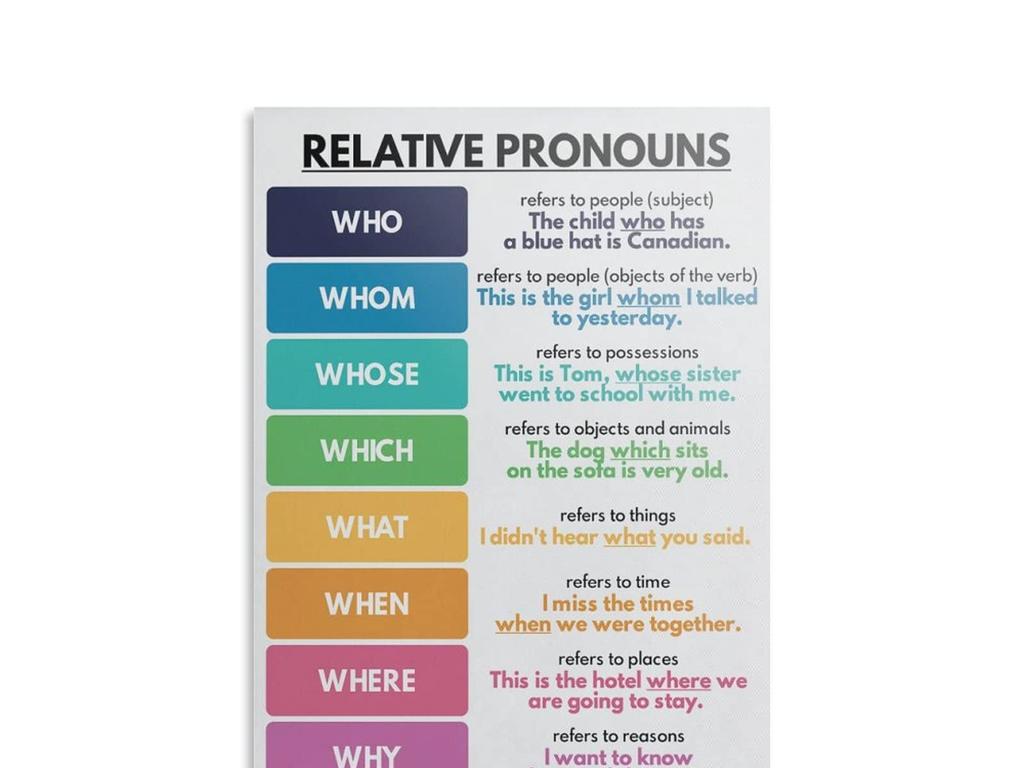Commas With A Series
Subject: Language arts
Grade: Fifth grade
Topic: Commas
Please LOG IN to download the presentation. Access is available to registered users only.
View More Content
Commas in a Series: Let’s Explore!
– Welcome to Language Arts!
– Today’s focus: Commas in a Series
– Understanding comma importance
– Commas help separate items and avoid confusion
– Practice using commas correctly
– Example: I enjoy painting, drawing, and sculpting.
|
This slide introduces the concept of using commas in a series, which is a fundamental aspect of punctuation in Language Arts. Emphasize to students that commas are like traffic signals in sentences; they tell us to pause and help to organize our thoughts. Explain that without commas, the items in a list can become confusing. For instance, ‘I enjoy painting drawing and sculpting’ is unclear, but with commas, it’s easy to see that these are three separate activities. Encourage students to think of commas as tools that help make their writing clearer and more enjoyable to read. In the next class, we will practice identifying series in sentences and placing commas correctly to ensure clarity.
Understanding Commas in a Series
– What is a comma?
– A comma is a punctuation mark (,) used in sentences.
– Commas separate ideas
– They help list items or separate clauses.
– Commas clarify meaning
– Incorrect commas can alter sentence meaning.
– Practice using commas
|
This slide introduces the basic concept of commas, particularly focusing on their use in series. Explain that a comma is a punctuation mark used to create a pause within a sentence and to separate different elements. Emphasize how commas can change the meaning of sentences if used incorrectly. Provide examples of sentences with and without commas to illustrate the difference in meaning. For practice, create a class activity where students write sentences using commas in a series and then write the same sentences without commas to see the change in meaning.
Commas in a Series
– Commas list items in a sentence
– Example without commas
– I need eggs milk bread
– Example with commas
– I need eggs, milk, bread
– Practice writing lists
– Try writing your own grocery list with commas!
|
This slide introduces the concept of using commas to separate items in a series within a sentence. It’s important for students to understand that commas help clarify which items are part of the list and prevent confusion. Start by showing an example of a sentence that lists items without commas, which can make it difficult to distinguish separate items. Then, show the same sentence with commas to highlight how the sentence becomes clearer. Encourage students to practice by writing their own lists, using commas to separate each item. This exercise will help reinforce the concept and show the practical use of commas in everyday writing.
Why Use Commas in a Series?
– Commas clarify list items
– E.g., We need eggs, milk, and bread.
– They prevent sentence confusion
– Without commas: We invited the strippers, JFK and Stalin.
– Practice identifying series
– Find series in: ‘I packed a toothbrush, pajamas, a book.’
– Understand series importance
|
This slide aims to explain the importance of using commas in a series to ensure clarity in written communication. Commas act as separators in a list of items, preventing misinterpretation of sentences. For example, the infamous ‘Let’s eat, Grandma!’ versus ‘Let’s eat Grandma!’ highlights the potential confusion. During class, engage students with exercises to identify series in sentences and use commas correctly. This will help them understand how punctuation can change the meaning of a sentence and the importance of clear writing. Provide additional examples and encourage students to create their own lists to practice comma placement.
Commas in a Series: Rules
– Use commas to separate items
– Like in a list: apples, oranges, bananas
– No comma before first or after last
– Oxford comma before ‘and’ or ‘or’
– It’s your choice to use it: red, white, and blue or red, white and blue
– Practice with examples
– Let’s list our favorite foods, colors, and animals with commas!
|
This slide introduces the basic rules for using commas in a series for a fifth-grade language arts class. Rule 1 emphasizes the need for commas between items in a list, which helps in reading and understanding the text clearly. Rule 2 reminds students that commas are not necessary before the start or at the end of a list. Rule 3 explains the concept of the Oxford comma, which is optional and stylistic. To reinforce these rules, provide students with examples and engage them in an activity where they write sentences using a series of items with proper comma placement. Encourage them to experiment with and without the Oxford comma to see the difference it can make in clarity.
Commas in a Series: Understanding the Oxford Comma
– Example with Oxford comma
– ‘I packed a toothbrush, toothpaste, shampoo, and a towel for my trip.’
– Notice the comma before ‘and’
– The Oxford comma comes before ‘and’ in a list
– Example without Oxford comma
– ‘I packed a toothbrush, toothpaste, shampoo and a towel for my trip.’
– Comparing both examples
– How does the sentence change with/without the comma?
|
This slide introduces the concept of the Oxford comma, also known as the serial comma, which is used before the conjunction ‘and’ at the end of a list. The first example shows a sentence with the Oxford comma, while the second example omits it. Discuss with students how the presence or absence of the comma can affect the clarity of a sentence. Encourage them to compare both sentences and see which one they think is clearer. Explain that some style guides recommend using the Oxford comma, while others do not, but it’s important to be consistent in its use.
Activity Time: Crafting Comma Series
– Think of favorite foods or games
– Write a sentence with your list
– Use commas between items
– For example: pizza, burgers, and ice cream.
– Follow the comma rules we learned
|
This activity is designed to reinforce the students’ understanding of using commas in a series. Encourage them to think creatively about their favorite things and to express them in a list within a sentence. Remind them to place commas between each item in their list, and not to forget the comma before the ‘and’ in their series (Oxford comma), if that’s the rule you’ve taught. During the next class, students can share their sentences and discuss the placement of commas. This will help them see practical examples of comma usage from their peers. Possible variations of the activity could include listing animals, places they’d like to visit, or their best friends’ names.
Class Activity: Comma Art Gallery
– Draw your favorite place or activity
– Label with descriptive words and commas
– For example, a park with green, lush, expansive lawns
– Share your art in our comma gallery
– Understand commas in a series
– Shows how commas separate adjectives in a list
|
This activity is designed to help students understand the use of commas in a series through a creative and engaging art project. Students will draw a picture of a place or activity they love and then use their knowledge of commas to label parts of their drawing with a series of descriptive words. This will help them see how commas are used to separate items in a list. Once completed, the drawings will be displayed in the classroom, creating a ‘Comma Art Gallery’ that celebrates their work and reinforces the lesson. Encourage students to think critically about the adjectives they choose and to have fun with the activity. Possible variations include drawing a favorite animal and labeling its characteristics, or a favorite meal and listing the ingredients.
Commas in a Series: Review and Practice
– Review rules for commas in a series
– Commas separate items in a list, like in ‘apples, oranges, bananas’
– Complete the worksheet as a class
– We’ll solve examples together to understand better
– Get ready for a quiz game
– A game to test our knowledge on commas in a series
|
This slide is aimed at reinforcing the students’ understanding of using commas in a series. Begin by reviewing the rules, emphasizing that commas are used to separate three or more items in a list. This can include words, phrases, or clauses. Then, move on to completing a practice worksheet together as a class to apply these rules. This collaborative approach allows students to learn from each other and clarifies any misunderstandings. Conclude the lesson with a fun quiz game to assess their learning in an engaging way. The game should be interactive and encourage participation from all students. Possible activities could include a ‘comma bee’ where students take turns adding commas to sentences, a team competition, or an individual timed quiz.
Comma Quiz Game: Team Challenge
– Form teams for a comma game
– Identify commas in sentences
– Look for series of items or adjectives
– Score points for correct answers
– Winning team gets a prize!
|
This interactive game is designed to reinforce the use of commas in a series. Divide the class into small teams and provide them with sentences that either lack commas or have them placed incorrectly. Each team will work together to identify where commas should be added or corrected. Keep score of each team’s correct answers. The team with the most correct answers at the end of the game wins a small prize. This activity encourages collaboration and application of comma rules in a fun, competitive setting. Possible variations of the activity could include timed rounds, bonus challenge sentences for extra points, or a ‘steal’ option where teams can gain points from others by correcting their mistakes.
Wrapping Up: Commas in a Series
– Congratulations on mastering commas!
– Commas clarify our writing
– They separate items to avoid confusion
– Incorporate commas in assignments
– Use them in lists or to separate adjectives
– Keep practicing for perfection
|
This slide is meant to congratulate the students on their hard work learning about the use of commas in a series. Emphasize the importance of commas in making writing clear and preventing misunderstandings. Encourage students to apply this knowledge by using commas in their upcoming writing assignments. Provide examples of sentences with and without commas to illustrate the difference. As a follow-up activity, students could be asked to write a short paragraph describing their favorite hobbies, foods, or subjects using commas to list them. Remind them that practice is key to mastering any new skill, and the more they use commas correctly, the more natural it will become.






